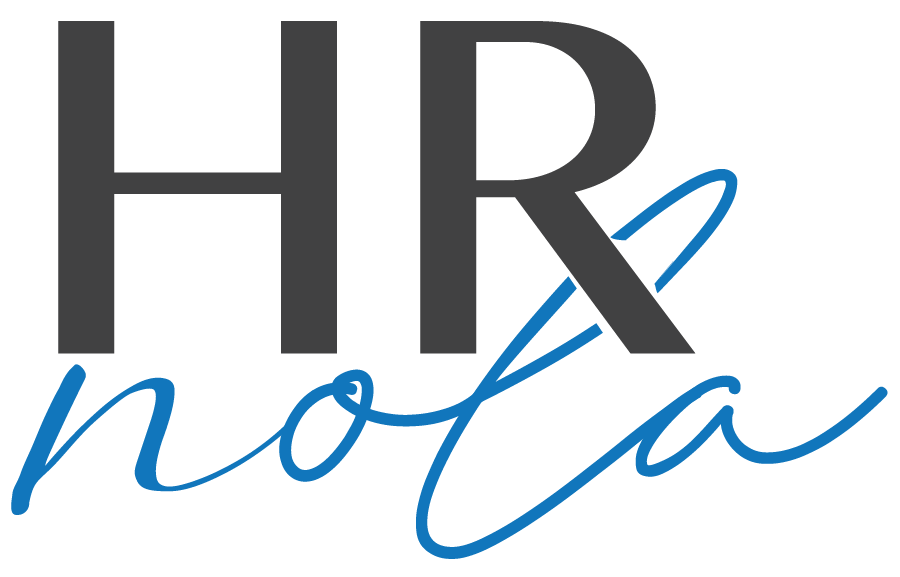
Paid time off is one of the most commonly provided benefits and one of the most highly regarded by employees. In fact, more than 70% of employees have at least one form of paid time off, according to the Bureau of Labor and Statistics. Does your business offer any type of pay for time away from work? How many days? How can it be used?
What is PTO and why is it important?
Paid time off, or PTO, is the time that an employee gets paid by their companies even though they’re not working. Once earned, PTO can be used as either vacation time, sick leave, or personal time off. Our HR Practitioner, Chris, says offering PTO is important. “…allow your employees time away from work to recalibrate and rest. As well, work/life balance has become increasingly attractive when candidates are looking for a prospective employer.”
Is PTO Mandatory?
Though there isn’t a federal law in place that requires employers to offer vacation or sick time, most companies do offer PTO in order to stay competitive. “It’s still a good business practice to prevent burnouts and boost morale!” Chris says. Your PTO policy can help your business to attract and retain good employees.
The Most Popular Types of PTO Policies
There are three main types of paid time off policies: Accrued, All at Once, and Unlimited. Let’s dive into what each one is and the pros and cons of each.
Accrued PTO
Accrued pay is the amount of paid time off that an employee has earned as per a company’s employee benefits policy. Our HR expert, Jake Dufour, says one of the biggest pros to accrued PTO is “employees will have to ‘earn’ their PTO, which means that the organization won’t have to cope with a multitude of time off requests when vacation is awarded at once.” The con of accrued is an employee has to wait until enough PTO has accrued to use it, which means they will not be able to use it if there is an unexpected illness, for example, a few weeks into employment.
All at Once
An “all at once” policy is when an employee is granted a certain amount of PTO to use throughout the year at the beginning of their employment, or at the beginning of the year. Employees like this because they are easily able to plan their time off in advance, but that does mean that the company usually has to deal with an influx of PTO requests all at once.
Unlimited PTO
Unlimited PTO is when employees aren’t allotted a certain number of days off and can take as much time off as they want. Jake says the biggest pro for unlimited PTO is that “it can be a tool to attract top talent and encourage employees to rest and take more time for themselves without worrying about how much time they have in the bank.” The con to this type of policy is its potential to be abused. To prevent this from happening, employers can put restrictions on when employees can utilize unlimited PTO as well as require advanced notice for leave requests.
How you choose to define and accrue PTO at your company is up to you. Just be sure to follow your local requirements.
What’s the difference between PTO and Vacation?
PTO and vacation are often used interchangeably, but they’re not exactly the same thing. Vacation is one of the many ways an employee can spend their time away from work making it a type of PTO. Other examples of PTO are sick pay for employee or child, holiday pay, mental health days, and jury duty.
Some companies bundle vacation, sick days, and personal days together while others choose to treat them separately. Jake suggests not separating them as you may find that employees are using their sick time as vacation time. “If you live in a state that requires a payout of vacation upon termination, an employee may save their vacation time and try to use their sick time for a vacation.”
PTO Requests
The more time a team has to plan for an employee’s absence the better. Your company should create a policy that works best for the organization. Make sure to take into consideration the length of the leave requested, the nature of the employee’s job, as well as the needs of the organization.
Our HR expert Chris says, “ I’ve typically seen 30 days as an average, however, I advise that managers are flexible when accommodating employee’s needs. If an employee wins a surprise vacation, we should want them to take it.”
How-to Handle Unscheduled Leaves Around Holidays
Unscheduled absences around holidays unfairly add to the workload of those employees who show up to work. There are several ways to approach this situation. Jake suggests including a statement in your PTO policy that makes it clear that an unscheduled absence immediately before or after the holidays will be met with higher scrutiny and possible disciplinary action may help to deter this behavior.
Chris suggests curbing the enthusiasm around taking off before or after a holiday or vacation by having those unscheduled days considered unexcused unless some type of documentation could be provided to support the absence. A well-written attendance policy could help manage associates’ expectations if this were to occur.
Want to learn more about how we help our clients? Contact us today to set up a consultation to find out how HR can boost your business!
← Blog

